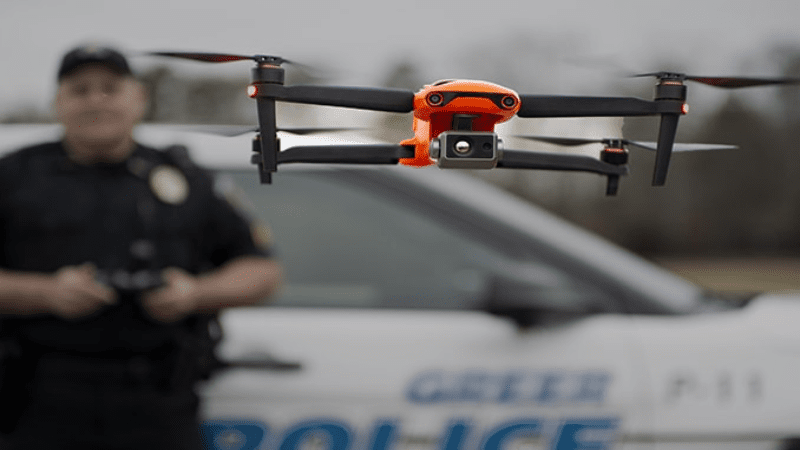How the FTC’s “Made in USA” Rule Could Impact the Drone Industry
BY Zacc Dukowitz
15 July 2021What does Made in USA mean when marketers use it?
On the surface it should be pretty straightforward—it means the product was made on U.S. soil.
But it turns out many companies are misusing the term, claiming their products are made in America to drive up sales when in fact their products are made overseas.
[Related read: American Drone Companies: A Master List]
This is happening so much that the FTC recently created a new rule proposing fines for companies that falsely claim their products are made in the U.S.
Under the rule, marketers making unqualified Made in USA claims on labels should be able to prove that their products are “all or virtually all” made in the United States . . . [the rule] will enable the Commission for the first time to seek civil penalties of up to $43,280 per violation of the rule.
The rule specifically prohibits marketers from including “unqualified Made in USA claims” on labels unless:
1) Final assembly or processing of the product occurs in the United States;
2) All significant processing that goes into the product occurs in the United States; and
3) All or virtually all ingredients or components of the product are made and sourced in the United States.
How the FTC’s New Rule Could Impact the Drone Industry
Although the FTC’s new rule wasn’t made specifically for drone companies (it actually mentions ranchers and shrimpers), it could have far-reaching consequences for the U.S. drone industry.
At the moment, many drone companies claim their drones are made in the U.S., but the data proves otherwise.
The key wording in the FTC’s rule that could impact drone companies is the requirement that “all or virtually all” of their products must be made in the United States.
Currently, most drone companies—both U.S.-based and foreign companies alike—rely on Chinese or other foreign components for some part of their production.
An interesting wrinkle is that some drone companies make the claim that, although their drones use components from other countries, they are nonetheless assembled in the U.S.—thus making their Made in USA claim accurate.
An example is Autel, which describes its Autel Enterprise as “Made in the USA, with foreign and domestic parts and labor.”

Photo credit: Autel
This claim appears to land in a little bit of a grey area. However, a strict reading of the FTC’s new rule would seem to prohibit Autel from making it any more, regardless of the qualifying statement about “with foreign and domestic parts and labor.”
Either way, Randall Warnas, Autel’s new CEO, isn’t concerned.
The FTC is doing the right thing by making “Made in USA” mean something, and more clarity on how this can be accomplished is appreciated . . . As the world shrinks, we will surely encounter more blurring of these lines that the FTC is trying to address.
– Randall Warnas
It’s important to note that Autel is just one example among dozens, and that Autel’s careful wording is a lot more transparent than the claims some other drone companies have made.
The Department of Defense’s Report
But wait—don’t we have already have a list of Made in USA drones that the Pentagon put together?
If you’re thinking of the Pentagon’s Blue UAS—a list of five drones officially approved for government use—it turns out they didn’t necessarily have to be made in the U.S. to meet the rigorous requirements for approval.
In fact, according to a recent report from the Department of Defense, four of the five Blue UAS appear to contain Chinese components.
In the DOD report, the bill of materials from four anonymous “U.S. sUAS platforms” was assessed, and they were all found to contain a significant amount of Chinese components, as indicated in the chart below. (See the Aircraft section of the report if you’d like to dig deeper on this.)

Note: According to analysis by DroneAnalyst the dark blue color should be the U.S., not France
Data in the DOD report indicates that the four drones reviewed rely heavily on Chinese drone components, with electric motors, fuselage structures, and printed circuit boards being the top three types of components sourced from China.
(It’s important to note that the DOD report does not specifically state that the four U.S. drones it reviewed were part of the Blue UAS list, but reporting and research strongly indicates that they are.)
The DOD’s Defense Innovation Unit (DIU) recently issued a Blue sUAS 2.0 solicitation, indicating that it still seems to be searching for drones to better meet its security standards.
For the immediate future, it will be interesting to see if any drone companies remove their Made in USA claims as a response to the FTC’s rule, and what these changes might reveal about our continued reliance on foreign drone components.


